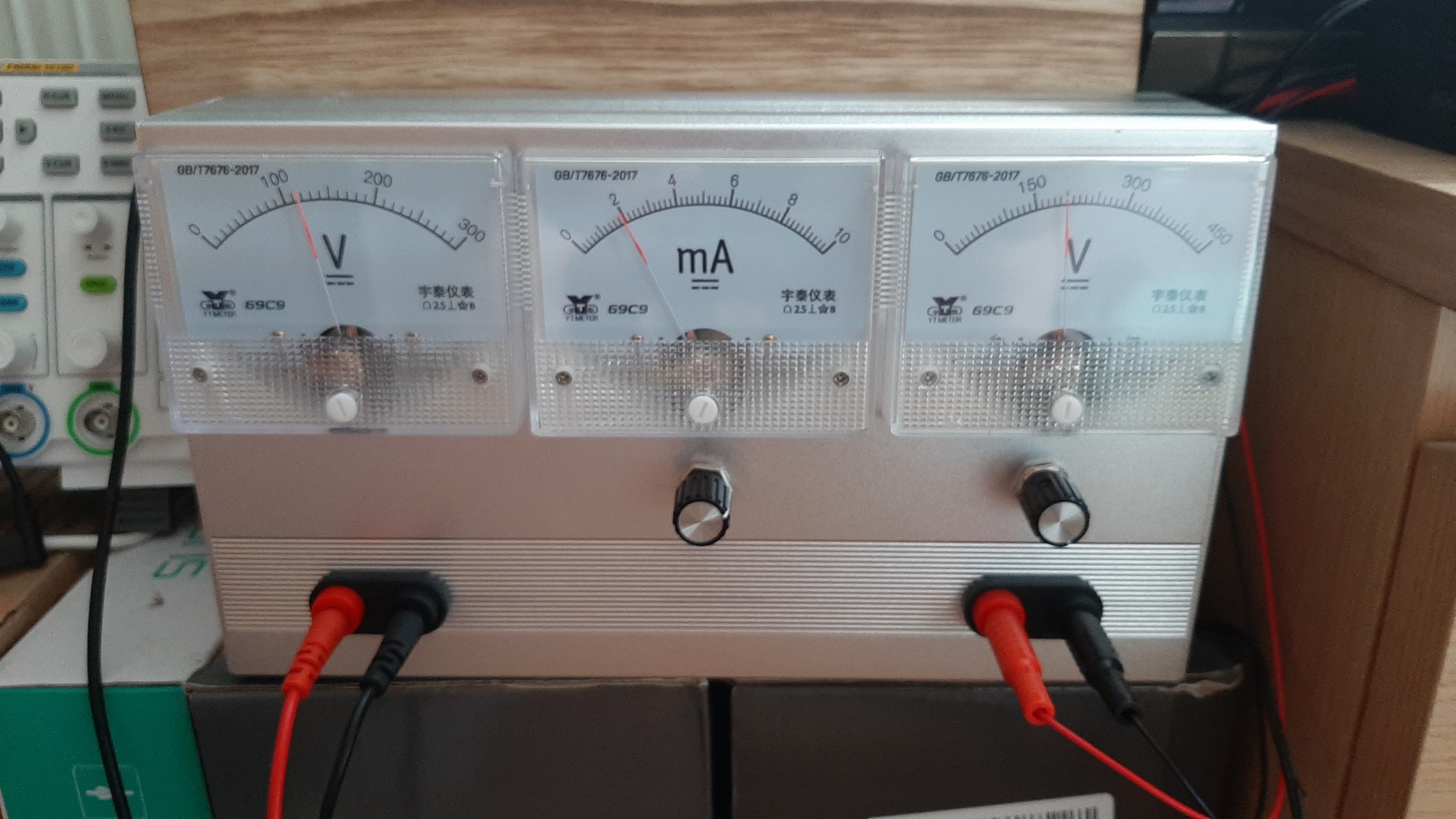unpoison a IN-1
Benoit Tourret
gregebert
gregebert
IN-1 nixie tubes are generally reliable, but they can fail over time. The most common failure mode is a leak in the vacuum tube. This can happen due to a number of factors, including manufacturing defects, physical damage, or exposure to extreme temperatures.
If a leak develops, the tube will slowly fill with air and the filaments will eventually burn out. This can happen over a period of months or even years. To prevent leaks, it is important to store IN-1 nixie tubes in a cool, dry place and to avoid dropping or banging them.
Another potential failure mode is a failure of the heater filament. This can happen due to a number of factors, including overheating, overvoltage, or physical damage. If the heater filament fails, the tube will not light up.
To prevent heater filament failures, it is important to use a regulated power supply and to avoid exceeding the maximum operating voltage.
Benoit Tourret
gregebert
Nick Andrews
--
You received this message because you are subscribed to the Google Groups "neonixie-l" group.
To unsubscribe from this group and stop receiving emails from it, send an email to neonixie-l+...@googlegroups.com.
To view this discussion on the web, visit https://groups.google.com/d/msgid/neonixie-l/61137a91-eefa-4a14-bd84-e173bf4af97bn%40googlegroups.com.
Benoit Tourret
Adrian Godwin
--
You received this message because you are subscribed to the Google Groups "neonixie-l" group.
To unsubscribe from this group and stop receiving emails from it, send an email to neonixie-l+...@googlegroups.com.
To view this discussion on the web, visit https://groups.google.com/d/msgid/neonixie-l/b554ff13-3806-4c16-af85-8bb7bb10e277n%40googlegroups.com.
gregebert
Moses
Benoit Tourret
I have in order: a 0-30V / 0-10A adjustable DC power supply, a NCH6100HV (12-24V to 85-235V HV) module, a 0-300V DC voltmeter, a 0-30mA ammeter and a 32.4 kΩ limiting resistor mounted on the wire that goes to the tube.
in my opinion, the voltmeter should be in place of the resistance and vice versa. so far, am I okay?
If I replace the adjustable resistor of the HT module with a potentiometer on the front, I can modify the voltage.
My current limiting resistor (a USSR model salvaged from a IN-12 nixie board) measures 10mm x 4mm. I have no idea of its power or the power needed, as I want to change the intensity, I have to replace my resistor with a second potentiometer.
I thought of a potentiometer of 50 or 100k. But what power... a small Chinese knob or a large rehostat of 200 kilograms?
I don't want to power much more than 5 or 6 tubes.
Until now my DC power supply never showed anything other than 0.00 A
Am I completely off the mark or is it doable?
I also have a DC-DC yh11068a module (https://dalmura.com.au/static/YH11068A.pdf
Here in France, ebay is not used by companies to resell their used equipment. Removing an item from an inventory requires tons of paperwork. So, finding a power supply for an EDM machine is rather complicated.
Moses
Mac Doktor

On Apr 22, 2023, at 1:50 PM, Moses <mo...@neonixie.com> wrote:That yh11068a module is rated for 40 watts! That is like 10 times what you would need for most nixie clocks! Be careful at higher voltages, a 200mA capable supply at a few hundred volts will hurt you good.
"The Mac Doctor"
Benoit Tourret
I put a drawing to explain the "resistor and the Ammeter" cause one is serial and the other in //
Benoit Tourret
Benoit Tourret

Here is the first try for my testing devices.
gregebert
Benoit Tourret
gregebert
Benoit Tourret

